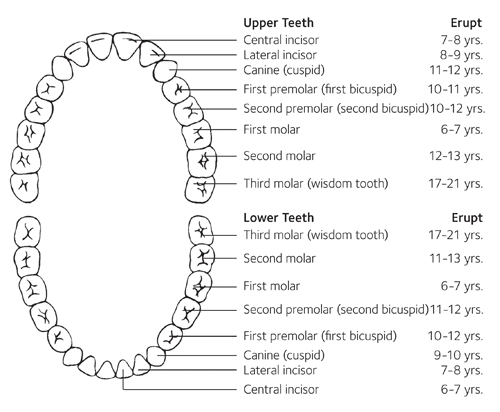“The Middles” Oral Health
10 Things To Know About Oral Health For Your Elementary School Aged Children
Losing Teeth
Kiddos typically start to lose their baby teeth during their kindergarten & 1st grade years. If your child’s baby teeth came in later, they will probably lose them a bit later as well, and vice versa. According to the Original Tooth Fairy Poll, the going rate for a tooth is $5.01 per tooth!
Double Parking
Kiddos at these ages sometimes experience double parking, or shark teeth. This means a child’s primary tooth hasn’t fallen out yet and the permanent tooth is coming in front of or behind it. This is pretty common – just give us a call and we’ll help you with what to do.
Teeth Grinding
Yup, we know – it’s loud! It’s pretty normal for kids to grind their teeth while sleeping as they have what we call “mixed dentition”, or baby and adult teeth in at the same time. We don’t typically about it too much until all of their permanent teeth are in, at which time it usually stops naturally.
Solo Brushing
Children can start brushing on their own around 7-8 years old, or when they can write their name legibly. We want to make sure they have great dexterity to be able to reach all of their teeth easily. From 3-6 years old, it’s great to allow them to brush for a minute or two, and then brush their teeth yourself for a minute or two.
Toothbrush Types
Any “soft” rated tooth brush is a great tooth brush! For the “middle” in this age range, whatever brush makes them excited is the one we prefer. If you do have an electric brush, we still find that it works great to brush one time a day with a manual brush and once with an electric for the best overall cleaning.
Floss Time
This is the time when flossing becomes SO important. “Kissing cavities”, or cavities on the touching surfaces of teeth, are one of the most common types of cavities we see in primary and permanent molars. As soon as your child’s molars are in, make sure to floss every day to keep sugar bugs out of those hiding spots. Help with flossing until 8-9 years old.
Dental Visits
With so many teeth coming and going during these ages, regular 6 month dental visits are so important for your child. We will monitor your child’s growth & development, the health of both her/his primary & permanent teeth, and help fight sugar bugs along the way.
Tooth Pic Time
We usually start taking dental x-rays around the age of 4, based on the eruption (arrival) of your child’s teeth. Dental x-rays are always specifically diagnosed for your child by our dentists following guidelines produced by the American Academy of Pediatric Dentistry.
Sealants
Once your child’s first set of adult molars are in, we may recommend dental sealants to give those teeth extra special protection. Just like a super hero shield, dental sealants act as a barrier, protecting teeth against decay-causing bacteria.
Orthodontist Visits
Yup, it may be time to talk with an orthodontist once your child’s permanent teeth start to come in. They typically like to begin evaluating the need for treatment around 7-8 years old. She/he may recommend two phases of orthodontic treatment for your child – one around the age of 6-10, and another later in the teen years.




